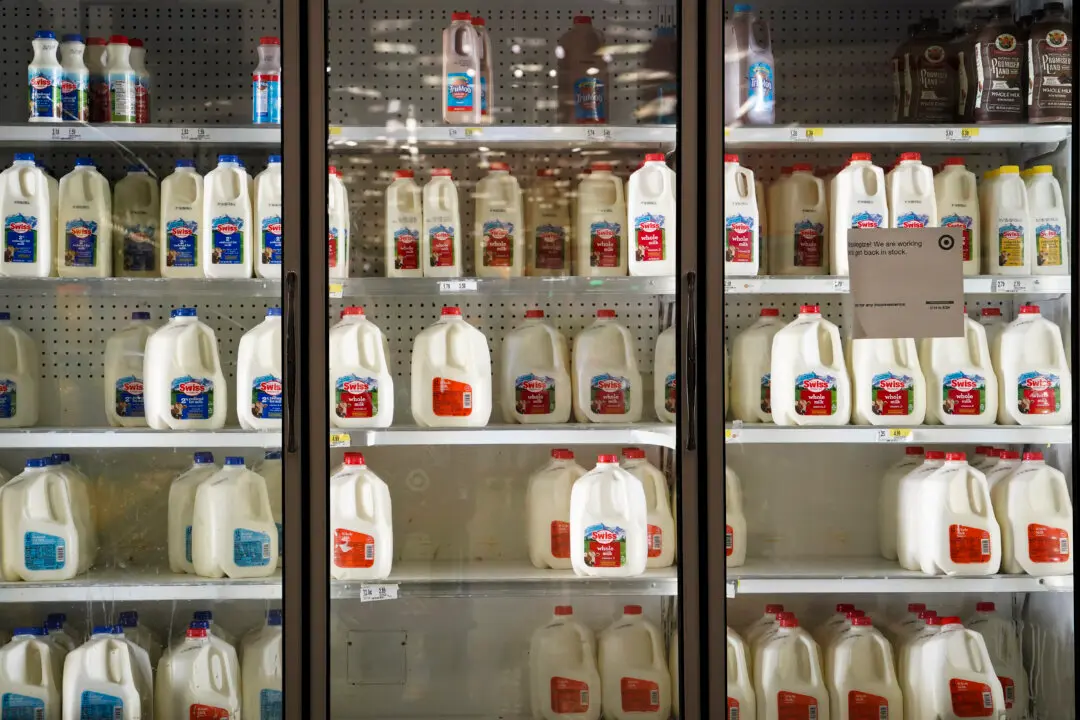Hundreds of thousands of birds across seven states were affected by bird flu outbreaks within their flocks recently, with authorities in Delaware warning people against coming into contact with sick birds.
Bird flu cases in poultry were reported this week from Arkansas, Illinois, Maryland, Missouri, Georgia, Oregon, and Virginia, according to data from the Animal and Plant Health Inspection Service (APHIS) as of Jan. 23.





